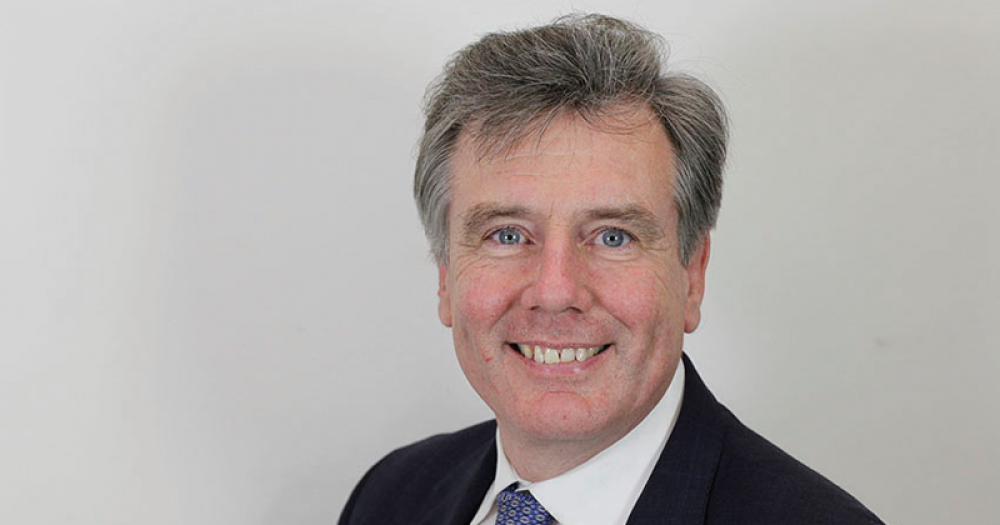New selective schools should only be allowed within multi-academy trusts so that youngsters can “move around” between vocational and academic routes to keep their options open, a leading Conservative MP has said.
Neil Carmichael, chair of the influential education committee, has said any new grammar schools should belong to large trusts that can ensure pupils do not get stuck in a “dead end” learning path, but could be flexible.
Speaking at a conference for secondary modern schools, which are non-selective schools in selective areas, Carmichael said he was critical of the idea of grammar schools.
But he urged the government to ensure any new grammars could only belong to trusts with both vocational and academic learning paths – as many trusts already do, running university technical colleges (UTCs) and studio schools as well as mainstream schools.
“Any future selective school could be in a multi academy trust, so that young people can move around,” said the MP for Stroud.
“The system that impresses me is Finland where the vocational and academic routes for pupils are one mix, so there is no dead end.”
Schools Week asked for further details about how such a system would work, including whether pupils would be selected on both academic and vocational ability, and whether this would include moving pupils into UTCs or studio schools within trusts, but Carmichael reiterated his comments above.
“We need to construct the fluidity in the school system to deliver both routes.
“In Finland, you can start at any level and go through both technical and academic routes, not kept just in one route, and that’s the best way.”
Carmichael delivered his speech to the National Association of Secondary Moderns (NASM) annual conference in London this morning.
Schools Week has previously reported that some multi-academy trusts shift pupils into more technically-focussed curriculums at UTCs and studio schools in their trusts.
Previous research by Education Datalab has shown that mainstream schools see their GCSE results improve overall when pupils are moved into those schools, where they obtain lower grades.
Although Schools Week has previously revealed that trusts can already move their brightest pupils into a ‘centre of excellence’ within the trust – but only after pupils have been admitted to a school.
The DfE said a school move should not be done without parental consent, but would not confirm what action would be taken if parental consent was not granted.
Unions feared the government could use this route as a ‘grammar get-out clause‘ – essentially to open new selective schools without passing legislation. But ministers have since committed to the legislation route should grammar school plans go ahead.
The NASM conference was set up in 2013 by Ian Widdows, headteacher at Giles Academy in Lincolnshire.
The aim of the conference was to celebrate their success, and to let politicians and the media know that if there are more grammar schools, there will be more secondary modern schools, and as a result their views should be listened to.
Speaking to delegates, Widdows said he was “
He also said there were problems with a establishing a definite number of secondary moderns in the country, suggesting Ofsted didn’t even know the true number because so many identified wrongly as comprehensives.



The perception in selective areas IS that grammars are top tier and non-selective schools are second tier. This holds true even when the non-selective schools have the same Ofsted rating as the grammars. This perception has now infected the Government or why would it be so keen to suggest new selective schools?
Perhaps Neil Carmichael could describe how schools explain to parents of children demoted from the grammar academy to the technical academy (or lower) why they were once judged bright enough for the selective school but aren’t any longer. I don’t think they’ll be reassured by talk of ‘fluidity’. But fluidity can only happen if pupils are downgraded as well as upgraded.
Neil Carmichael is wrong about Finnish secondary education. Pupils don’t move into separate vocational streams until upper secondary. This doesn’t start until pupils have been through nine years of comprehensive education. Upper secondary takes three years and is the equivalent of our post-16 education. http://minedu.fi/en/education-system#Upper secondary education
It’s disingenuous to justify an education system which segregates children according to ability at age 11 by comparing it with a post-16 system.